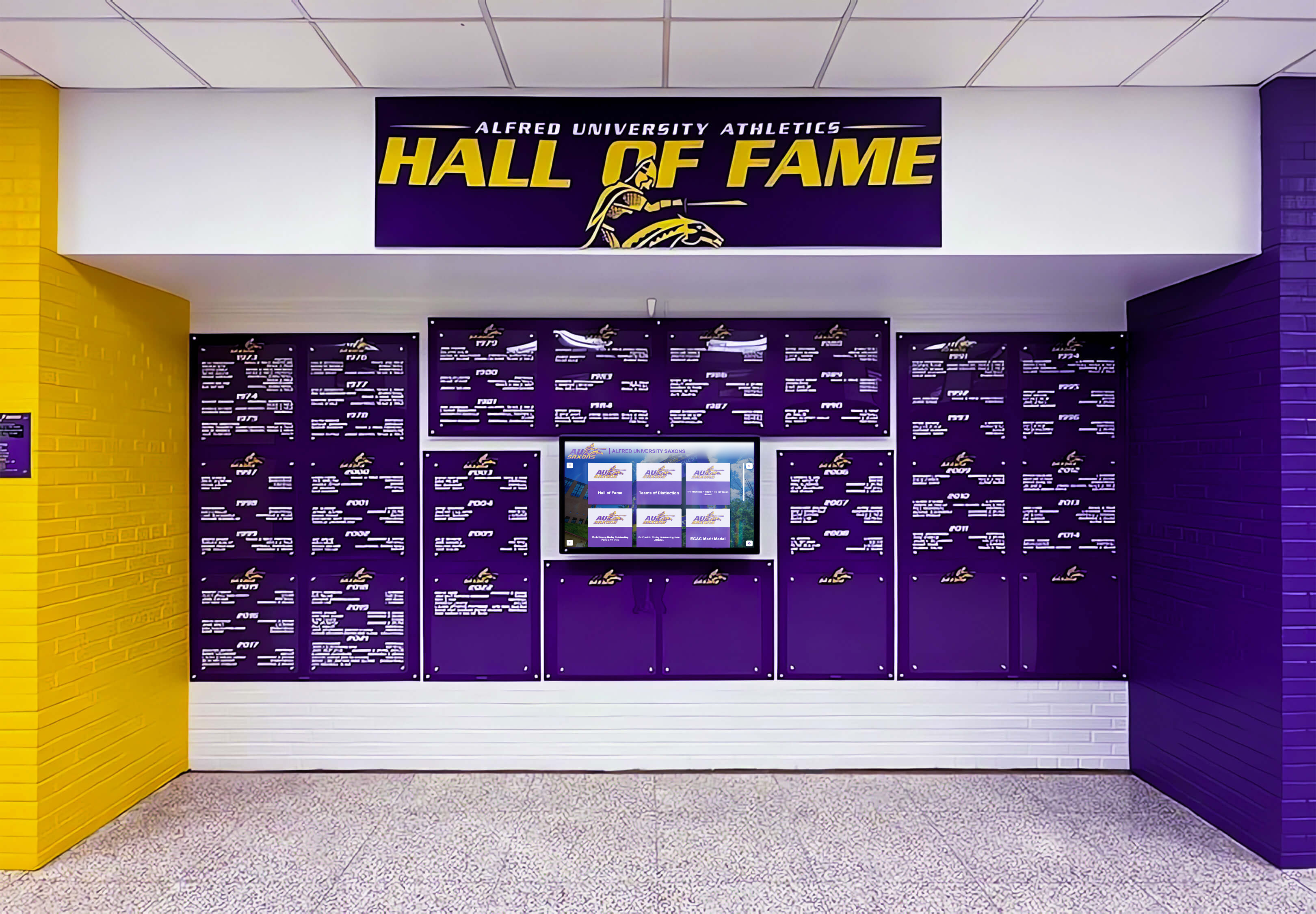Key Takeaways
Discover comprehensive strategies for digitizing yearbooks and preserving school memories. Learn best practices, technology solutions, and how digital yearbook displays engage communities while protecting historical archives.
Why Digitizing Yearbooks Matters
The case for digitizing yearbooks extends far beyond simple preservation. Digital yearbook archives create value across multiple dimensions:
Preservation and Protection
Physical Deterioration: Paper yearbooks degrade over time. Binding fails, pages yellow, and images fade. Digitization creates permanent backup copies that won’t deteriorate.
Loss Prevention: Physical yearbooks get lost, damaged in floods or fires, or simply misplaced during office moves. Digital copies provide insurance against loss.
Space Management: Storing decades of yearbooks requires significant physical space. Digital archives free up valuable storage areas for other purposes.
Accessibility and Engagement
Alumni Access: Graduates can revisit their school years from anywhere in the world without needing to locate physical copies. This dramatically increases alumni engagement through digital recognition.
Research Capabilities: Digital yearbooks become searchable resources for genealogy research, local history projects, and school anniversary celebrations.
Community Building: Shared digital archives create connections between generations and strengthen school identity.
Educational Value
Historical Research: Students studying local history or working on heritage projects can access primary sources easily.
School Pride: Finding freshman and senior yearbook memories helps current students understand their place in school tradition.
Continuity: New families exploring school enrollment can see the institution’s history and tradition.
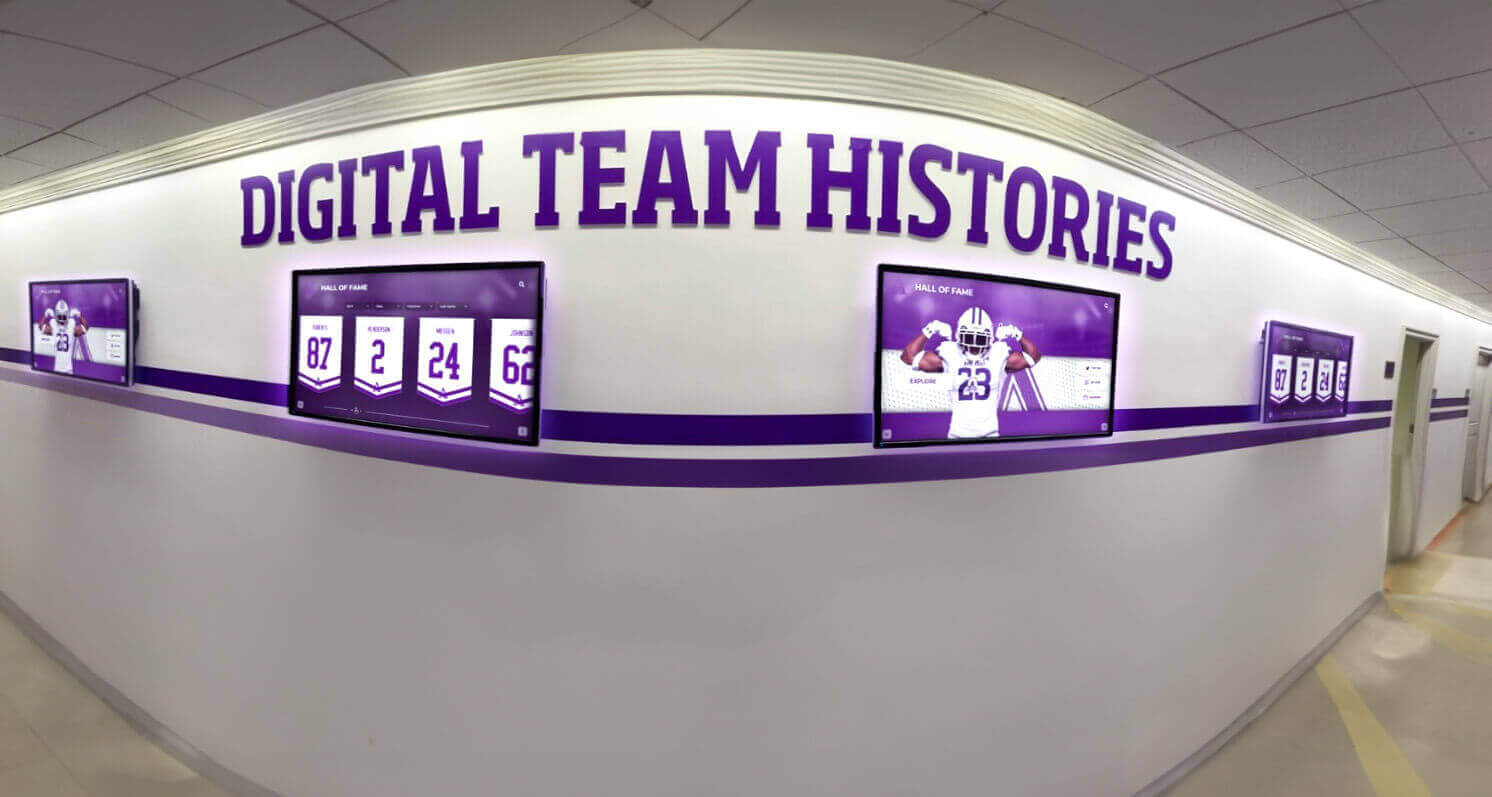
Understanding Digitization Methods
Several approaches exist for digitizing yearbooks, each with distinct advantages, limitations, and cost considerations.
Flatbed Scanner Method
Best For: Small collections, highest quality requirements, complete control over process
Process Overview:
- Scan each page individually using high-resolution flatbed scanner
- Manually handle each book throughout process
- Post-process images for clarity and consistency
- Compile into PDF or other digital format
Advantages:
- Maximum quality control
- No external cost beyond equipment
- Complete ownership of process
- Can handle fragile or damaged books carefully
Limitations:
- Extremely time-intensive (15-30 minutes per yearbook)
- Requires dedicated staff time
- Risk of damage to fragile bindings from repeated opening
- Equipment investment required
Quality Considerations:
- Minimum 300 DPI resolution for readable text
- 600 DPI recommended for archival quality
- Color scanning essential for modern yearbooks
- Consistency crucial across pages
Professional Scanning Service
Best For: Large collections, limited staff time, budget available
Process Overview:
- Send yearbooks to professional digitization service
- Service scans using specialized equipment
- Receive digital files and original books back
- Review quality and load into archive system
Advantages:
- Minimal staff time required
- Professional quality results
- Specialized equipment handles fragile materials
- Often includes OCR (optical character recognition) for text searchability
- Faster turnaround for large collections
Limitations:
- Cost per book (typically $5-25 depending on condition and pages)
- Temporary loss of access during digitization
- Shipping risk for fragile materials
- Less control over process details
Vendor Considerations:
- Request samples before committing to large projects
- Verify insurance coverage for materials in transit
- Clarify file format and resolution specifications
- Understand turnaround time commitments
- Check references from other schools
Planetary Scanner Method
Best For: Medium to large collections, regular digitization projects
Process Overview:
- Use overhead planetary scanner that photographs pages without binding stress
- Books lay flat or face up during scanning
- Automated or semi-automated page processing
- Software handles image correction and compilation
Advantages:
- Gentler on book bindings than flatbed scanning
- Faster than traditional flatbed method
- High quality results possible
- Safer for fragile or rare materials
Limitations:
- Equipment cost ($3,000-15,000+)
- Training required for optimal results
- Still requires significant staff time
- Space needed for dedicated scanning station
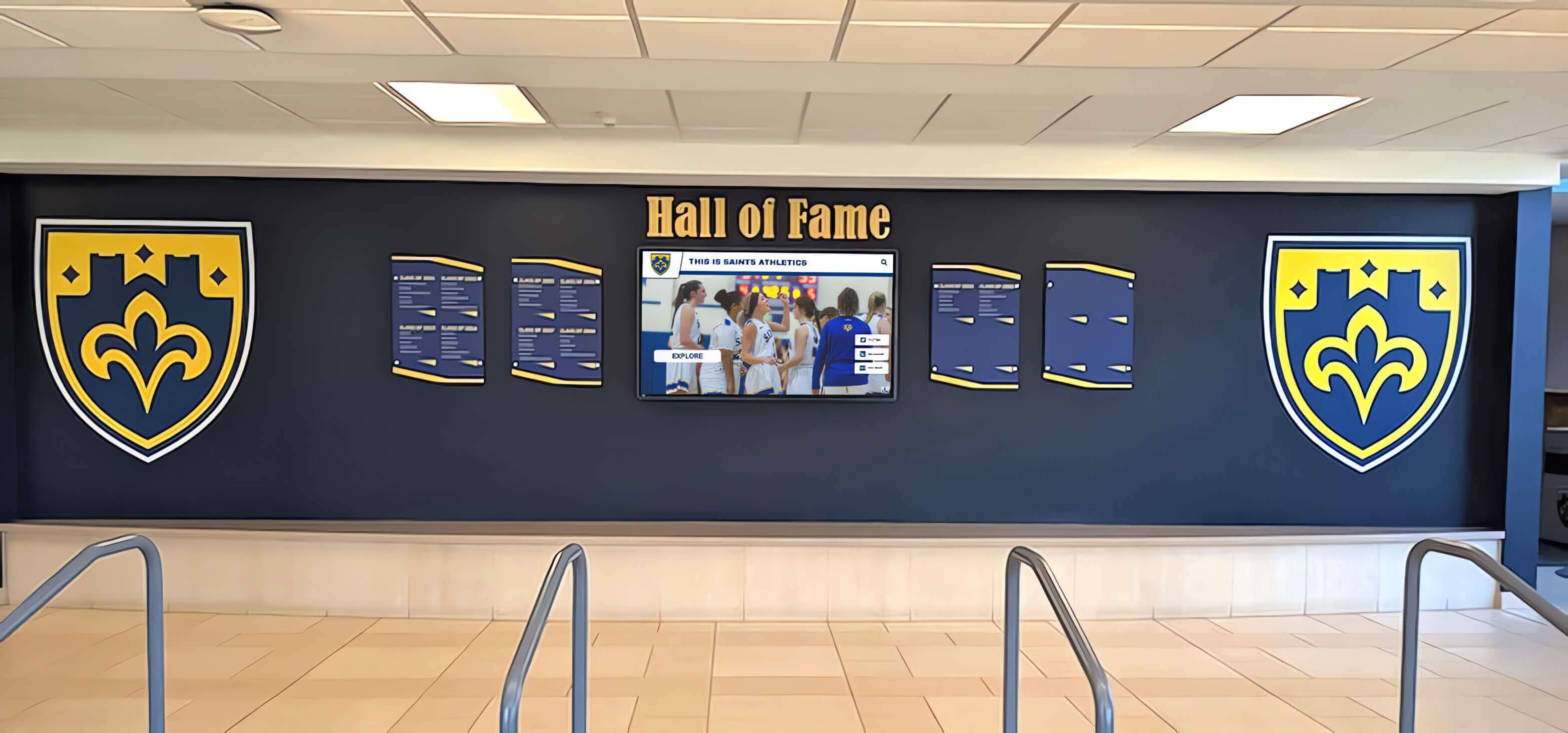
Smartphone and Camera Methods
Best For: Quick access projects, temporary solutions, budget constraints
Process Overview:
- Photograph each page using smartphone or camera
- Use apps designed for document scanning
- Process images for correction and compilation
- Convert to PDF or other format
Advantages:
- No equipment investment needed
- Accessible to anyone with smartphone
- Faster than flatbed scanning
- Reasonable quality for general access
Limitations:
- Lower quality than professional methods
- Inconsistency across pages common
- Lighting challenges affect quality
- Time-consuming despite accessibility
- Not recommended for archival purposes
Best Practices:
- Use document scanning apps with auto-correction
- Ensure consistent lighting (natural indirect light ideal)
- Photograph perpendicular to page for minimal distortion
- Consider book cradle to protect bindings
- Take test shots and review before full project
Planning Your Yearbook Digitization Project
Successful digitization requires careful planning before starting. Consider these critical factors:
Assessment and Prioritization
Inventory Your Collection:
- Count total yearbooks needing digitization
- Note condition of each (excellent, good, fair, poor, fragile)
- Identify missing years in collection
- Document current storage locations
- Estimate total pages across collection
Prioritize Strategically:
- Start with most fragile materials requiring urgent preservation
- Consider high-demand years (recent graduates, reunion years)
- Balance historical significance with physical condition
- Account for missing year gaps in collections
- Factor in upcoming anniversaries or reunion events
Resource Assessment:
- Available staff time for project management and execution
- Budget for equipment, services, or both
- Physical space for scanning operations
- Technical skills within current staff
- Timeline expectations and flexibility

Workflow Development
Pre-Scanning Preparation:
- Clean yearbook covers and pages gently
- Document any pre-existing damage
- Repair minor issues that might worsen during handling
- Remove any loose items and catalog separately
- Label books clearly for tracking during process
Quality Control Checkpoints:
- Review first complete yearbook before continuing
- Establish acceptance criteria for image quality
- Create process for handling problematic pages
- Document exceptions and special handling needs
- Test searchability if OCR included
File Naming and Organization:
- Develop consistent naming convention (e.g., SchoolName_Year_Page)
- Create folder structure for easy navigation
- Include metadata about scan date, resolution, operator
- Plan for version control if rescanning needed
- Document naming system for future reference
Budget Planning
Equipment Costs:
- Scanner purchase: $300-15,000 depending on type
- Computer with adequate processing power: $800-2,000
- Software licenses (PDF editing, OCR, image processing): $0-500
- Supplies (cleaning materials, repair supplies): $100-300
- Ongoing maintenance and replacement costs
Service Costs:
- Professional scanning: $5-25 per yearbook typically
- OCR services: Often included or $2-5 per book
- Rush services: Additional 25-50% typically
- Shipping and insurance: Variable based on collection
- Quality review and corrections: Included or additional
Staff Time Costs:
- Project planning and management
- Scanning or coordination with service
- Quality review and acceptance
- File processing and organization
- System implementation and training
- Ongoing maintenance and updates
Hidden Costs to Consider:
- Storage solutions for digital files
- Backup systems and redundancy
- Software subscriptions for access platforms
- Training time for staff and users
- Promotion of completed archive
- Ongoing digitization of new yearbooks
Technical Specifications and Best Practices
Resolution and Format Guidelines
Minimum Standards:
- Resolution: 300 DPI minimum for general access
- Archival Standard: 600 DPI for preservation copies
- Color Depth: 24-bit color for color yearbooks, 8-bit grayscale for black-and-white
- File Format: PDF/A for long-term archival storage
Format Considerations:
PDF Format:
- Universal compatibility and accessibility
- Supports multiple pages in single file
- Can include OCR text layer for searching
- Easy to share and distribute
- Standard archival format (PDF/A)
TIFF Format:
- Uncompressed high-quality images
- Larger file sizes require more storage
- Better for archival masters
- Can convert to other formats as needed
- Preserves maximum image quality
JPEG Format:
- Smaller file sizes
- Some quality loss from compression
- Suitable for web display
- Not recommended as archival format
- Good for derivative access copies

Image Quality Optimization
Capture Techniques:
- Ensure even lighting across entire page
- Use book cradle to protect bindings
- Scan perpendicular to page surface
- Include color calibration targets periodically
- Maintain consistent distance/zoom
Post-Processing:
- Adjust brightness and contrast for readability
- Correct rotation and alignment
- Crop to consistent margins
- Remove scanner bed or background
- Sharpen text for improved legibility
- Balance quality with file size
OCR and Searchability
Optical Character Recognition Benefits:
- Makes yearbooks fully searchable by name
- Enables research across multiple years
- Improves accessibility for screen readers
- Creates index of people and activities
- Dramatically increases archive value
OCR Quality Factors:
- Depends heavily on original print quality
- Older yearbooks more challenging
- Mixed fonts and decorative text reduce accuracy
- Manual review and correction improves results
- Continuous improvement as technology advances
Implementation Strategies:
- Apply OCR during initial scanning when possible
- Use professional OCR software for better results
- Budget time for accuracy review and corrections
- Focus correction efforts on names and key terms
- Accept imperfect OCR rather than delaying project
Storage and Backup Strategies
Local Storage Solutions
On-Premises Servers:
- Complete control over data
- No recurring cloud costs
- Fast local access speeds
- Requires IT infrastructure and expertise
- Vulnerable to local disasters without offsite backup
Network Attached Storage (NAS):
- Dedicated storage device
- Expandable capacity
- RAID configurations for redundancy
- One-time cost rather than subscription
- Requires technical setup and maintenance
Best Practices for Local Storage:
- Implement RAID for redundancy
- Regular automated backups
- Test restoration process periodically
- Monitor storage capacity proactively
- Document access and permissions
Cloud Storage Solutions
Advantages:
- Automatic geographic redundancy
- Scalable capacity as collection grows
- Professional backup and security
- Accessible from anywhere
- Minimal technical infrastructure required
Considerations:
- Recurring monthly/annual costs
- Internet speed affects upload and access
- Privacy and data sovereignty concerns
- Vendor dependency and lock-in risk
- Bandwidth costs for large collections
Popular Cloud Platforms:
- Google Drive/Workspace: Familiar interface, integrated tools
- Microsoft OneDrive/SharePoint: Integration with Office/School systems
- Amazon S3: Professional archival solution, technical setup required
- Dropbox Business: Simple interface, collaboration features
- Box: Education-focused features, strong security
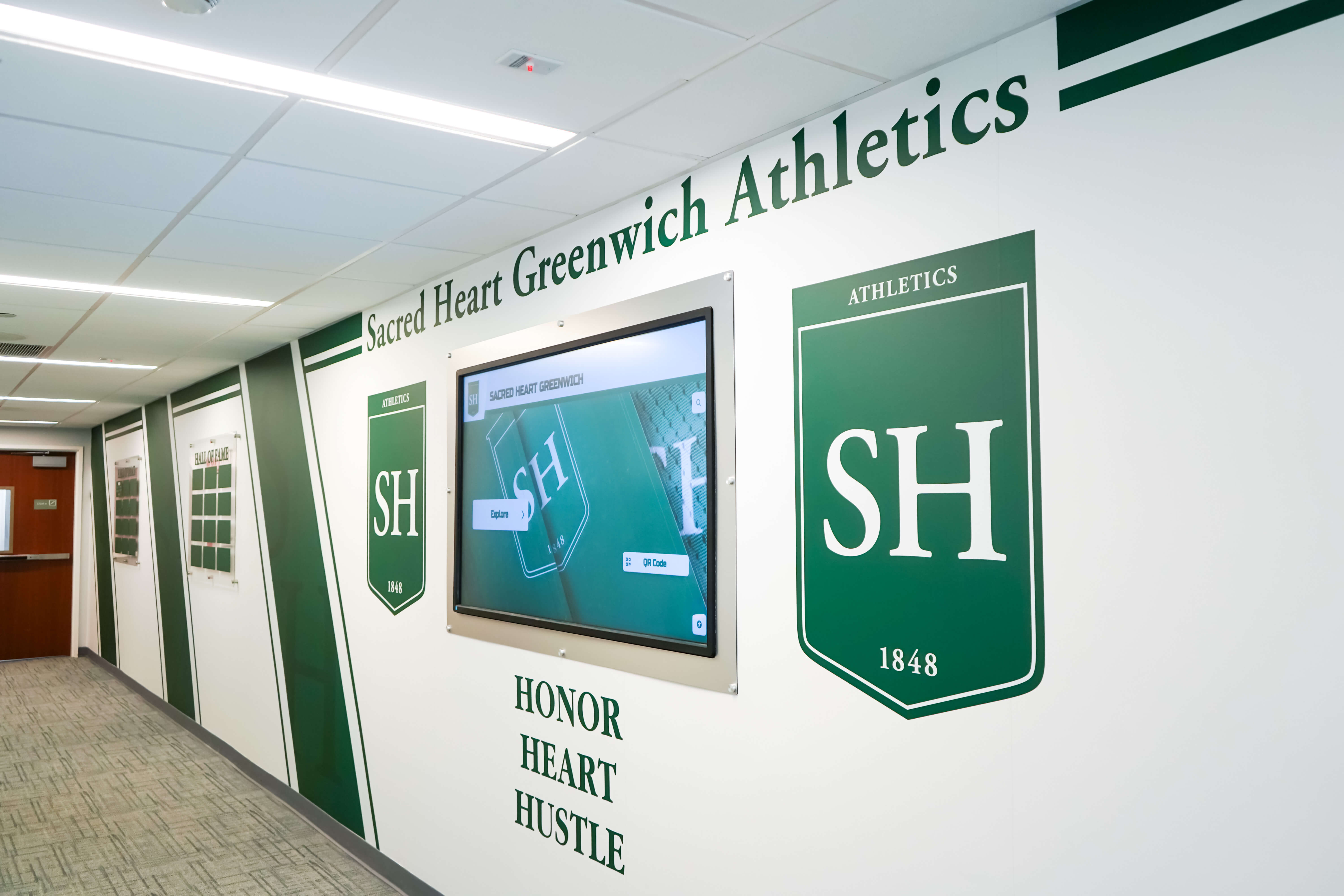
The 3-2-1 Backup Rule
Professional archivists recommend the 3-2-1 backup strategy:
- 3 copies of your data (one primary, two backups)
- 2 different media types (e.g., local server + cloud)
- 1 copy offsite (protection against local disasters)
Implementation Example:
- Primary copy on local server or NAS
- Backup copy on external hard drives rotated offsite
- Cloud backup for geographic redundancy
Making Yearbooks Accessible
Digitizing yearbooks creates value only when people can actually access and use them. Consider these access strategies:
Password-Protected Websites
Implementation:
- Create dedicated yearbook archive website
- Require login with school email or alumni credentials
- Organize by year with thumbnail navigation
- Include search functionality
- Track usage and popular years
Advantages:
- Protects privacy of individuals in yearbooks
- Controls access to school community
- Professional presentation enhances value
- Analytics show engagement and usage
- Supports alumni community building
Privacy Considerations:
- Balance accessibility with privacy rights
- Consider requiring approval for access
- Include takedown process for privacy requests
- Limit downloading or sharing capabilities
- Clearly state acceptable use policies
Physical Access Stations
Library Kiosks:
- Touchscreen displays in library or common areas
- Browse yearbooks on dedicated station
- No login required for current community members
- Supervised access environment
- Creates gathering point for reminiscing
Benefits:
- No privacy concerns for web publication
- Engaging experience for alumni visitors
- Generates community interaction and conversation
- Benefits of touchscreen yearbooks include interactive exploration
- Strengthens school tradition awareness
Integration with Recognition Displays
Modern schools are discovering powerful synergies between yearbook archives and digital recognition displays:
Connected Experiences:
- Link yearbook photos to hall of fame profiles
- Show “then and now” comparisons for alumni honorees
- Enable exploration from current achievements back to yearbook entries
- Create multi-generational family connections
- Strengthen narrative of school legacy and tradition
Implementation with Recognition Systems: Solutions like Rocket Alumni Solutions integrate digital yearbook displays with broader recognition programs, creating engaging experiences where visitors can:
- Explore achievements by year or sport
- Discover alumni honored in hall of fame
- Browse yearbooks from championship years
- Search for family members across generations
- Share memories and photos via social media
This integration transforms static yearbook archives into dynamic engagement tools that strengthen school pride and alumni connection.
Balancing Digital Asset Management
Managing digital yearbooks alongside other school media creates opportunities for comprehensive digital asset management for schools. Integrating yearbooks with photos, videos, and recognition content creates richer historical archives.
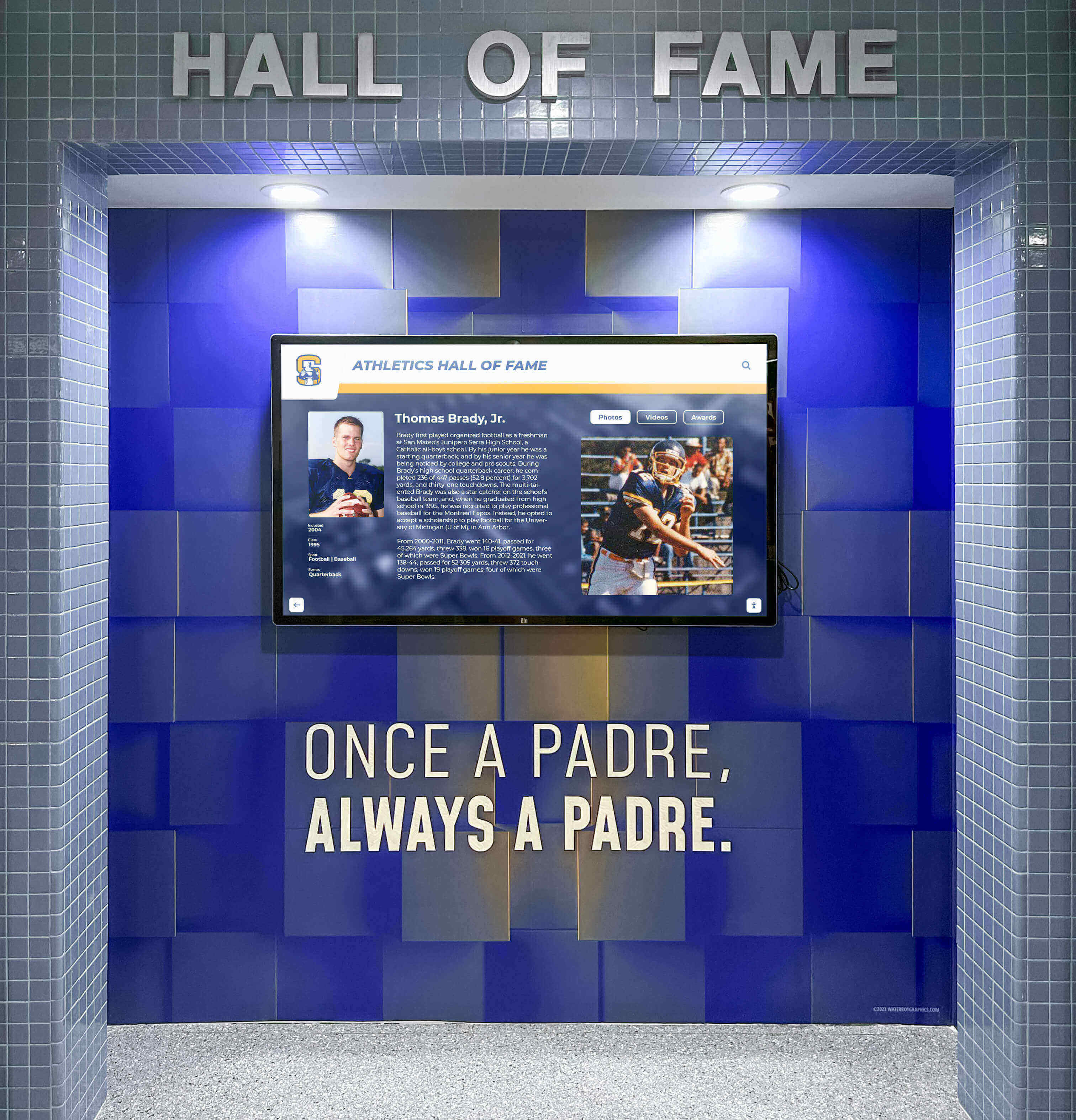
Legal and Privacy Considerations
Digitizing and publishing yearbooks online raises important legal and privacy questions that schools must address:
Copyright Issues
School Ownership:
- Schools typically own copyright to yearbooks they publish
- Verify ownership with older yearbooks potentially created by external publishers
- Document copyright status before widespread distribution
- Include copyright notices on digital versions
- Establish acceptable use policies
Content Copyright:
- Individual photos may have separate copyright considerations
- Professional photos taken by commercial photographers
- Student artwork and creative content
- External content reproduced in yearbooks
- Fair use considerations for educational access
Privacy Rights
Individual Privacy:
- Students appear in yearbooks without modern consent for digital publication
- Alumni may object to online publication of yearbook photos
- Minors depicted require special consideration
- Home addresses and personal information may appear
Best Practices:
- Implement takedown request process
- Remove sensitive information before publication
- Consider gating access behind authentication
- Balance historical value with individual rights
- Consult legal counsel for institutional guidance
FERPA Considerations:
- Yearbook photos generally considered directory information
- Schools may publish if policy allows and parent hasn’t opted out
- More restrictive approach for older yearbooks recommended
- Online publication different from limited physical distribution
- Document compliance approach
Accessibility Requirements
ADA Compliance:
- Provide text alternatives for images (OCR helps)
- Ensure website accessibility for screen readers
- Include navigation aids for users with disabilities
- Test with assistive technology
- Meet WCAG 2.1 standards for institutional websites
Promoting Your Digital Yearbook Archive
After investing time and resources in digitization, promote the archive to maximize engagement and value:
Launch Campaign
Announcement Strategy:
- Email all alumni with archive availability
- Post on school and alumni social media
- Press release to local media
- Feature in school newsletter and communications
- Create launch event with demonstrations
Content Marketing:
- “Throwback Thursday” posts featuring yearbook photos
- Spotlights on interesting historical discoveries
- Challenges to identify people or locations
- Alumni spotlight series connected to yearbook entries
- Decade comparison features
Ongoing Engagement
Regular Content:
- Highlight yearbooks from reunion years
- Feature alumni birthdays with yearbook photos
- Connect historical moments to current events
- Seasonal throwbacks (homecoming, graduation)
- Anniversary celebrations
Community Contributions:
- Invite alumni to share memories connected to yearbook entries
- Crowdsource identification of unnamed individuals
- Accept submissions of personal yearbook copies for missing years
- Enable comments and storytelling
- Create community around shared history
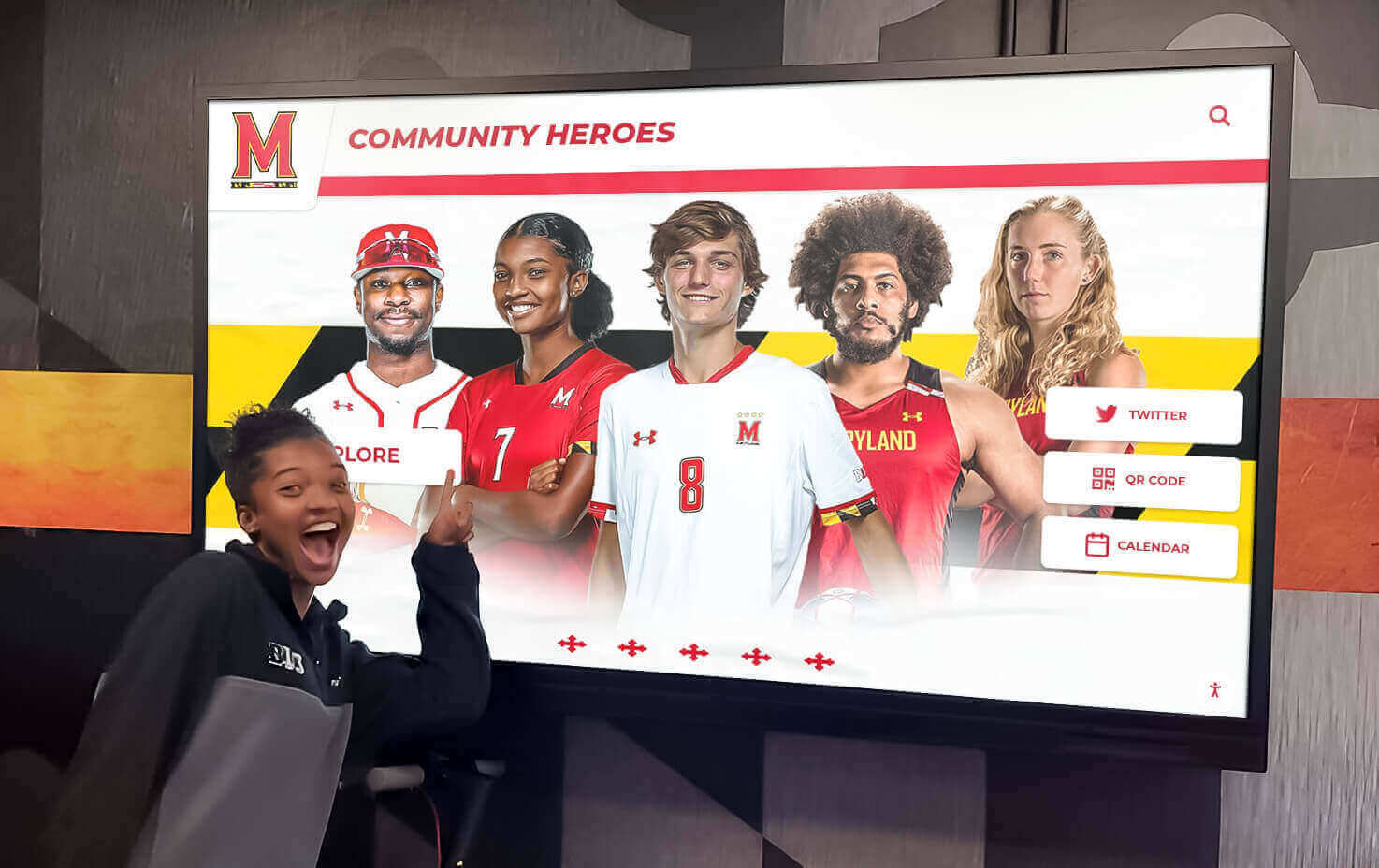
Integration with Other Initiatives
Alumni Engagement:
- Connect yearbook access to alumni association benefits
- Use yearbook exploration at reunion events
- Create reunion year commemorative products
- Enable class-specific access and features
- Support alumni networking initiatives
Development and Fundraising:
- Highlight how honoring the past helps fund the future
- Connect yearbook preservation to giving campaigns
- Recognize donors with enhanced archive features
- Create legacy giving programs tied to yearbook digitization
- Use nostalgia to strengthen donor relationships
School Pride Initiatives:
- Integrate yearbook exploration into orientation programs
- Support history curriculum with primary sources
- Use for homecoming and tradition celebrations
- Include in facilities tours for prospective families
- Connect to comprehensive school pride initiatives
Ongoing Maintenance and Expansion
Yearbook digitization isn’t a one-time project—it requires ongoing commitment and evolution:
Annual Digitization Process
Systematic Approach:
- Add current year yearbook immediately upon publication
- Maintain consistent file naming and organization
- Apply same quality standards to new additions
- Update indexes and search capabilities
- Promote new additions to community
Process Documentation:
- Create step-by-step procedures for annual digitization
- Train multiple staff members on process
- Document technical specifications and settings
- Maintain vendor relationships if using services
- Budget annually for ongoing digitization
Technology Updates
Platform Evolution:
- Monitor advances in display technology
- Upgrade hosting and access systems as needed
- Improve search and discovery features
- Enhance mobile experience
- Integrate emerging technologies (AI search, voice interface)
Format Migration:
- Plan for format obsolescence
- Migrate files to new standards as they emerge
- Maintain archival masters separately from access copies
- Test file integrity periodically
- Document migration decisions and timing
Filling Historical Gaps
Finding Missing Yearbooks:
- Solicit personal copies from alumni
- Check local historical societies and libraries
- Connect with alumni associations from other schools in yearbook exchanges
- Digitize borrowed copies and return originals
- Accept donations of personal copies
Crowdsourcing Support:
- Invite community submissions
- Coordinate scanning events at reunions
- Partner with genealogy groups
- Engage historical preservation organizations
- Recognize contributors publicly

Case Study: Successful Yearbook Digitization Implementation
While we don’t share specific client examples, consider this typical successful implementation approach:
Initial Situation: A high school library stored 75 years of yearbooks in deteriorating condition. Access was extremely limited, with fragile books handled by students causing further damage. Alumni frequently requested access to old yearbooks but couldn’t visit campus easily.
Approach:
Assessment Phase (Month 1):
- Inventoried complete collection
- Prioritized most fragile yearbooks
- Obtained budget approval for professional scanning
- Selected professional digitization vendor
Digitization Phase (Months 2-6):
- Sent yearbooks in batches to scanning service
- Reviewed quality of initial returns before proceeding
- Applied OCR for text searchability
- Organized files in clear folder structure
- Implemented cloud storage with local backup
Access Implementation (Months 7-8):
- Created password-protected website for online access
- Installed touchscreen display in main hallway
- Integrated yearbook access with digital hall of fame
- Developed user guidelines and privacy policy
- Trained staff on system management
Launch and Promotion (Month 9):
- Emailed all alumni with announcement
- Hosted on-campus event with demonstrations
- Shared sample pages on social media
- Featured in local newspaper
- Created ongoing content calendar
Results:
- 100% of historical collection preserved and accessible
- Thousands of alumni interactions with archive in first year
- Physical yearbooks now safely stored with minimal handling
- Strong positive feedback from community
- Foundation for expanded digital recognition programs
Advanced Integration: Yearbooks and Digital Recognition
The most forward-thinking schools are discovering that yearbook archives gain even greater value when integrated with broader digital recognition initiatives:
Creating Connected Narratives
Multi-Generational Stories:
- Link parents’ and grandparents’ yearbook entries to current students
- Show evolution of school facilities through yearbook photos
- Track athletic and academic records across decades
- Document tradition evolution through yearbook evidence
- Create family legacy recognition
Achievement Context:
- Connect hall of fame inductees to their yearbook entries
- Show championship teams from yearbook photos
- Document achievement evolution over time
- Provide historical context for current accomplishments
- Strengthen appreciation for school legacy
Technology Solutions
Integrated Platforms: Modern digital recognition platforms like Rocket Alumni Solutions enable schools to:
- Centrally manage yearbooks, achievements, and recognition content
- Create interactive experiences connecting past and present
- Enable exploration across multiple content types
- Support mobile and touchscreen access
- Integrate social sharing and community engagement
Benefits of Integration:
- Single system for multiple purposes
- Consistent user experience across content types
- Efficient content management
- Stronger engagement through connected stories
- Cost-effective comprehensive solution
Learn more about best platforms for building virtual hall of fame systems that include yearbook integration.
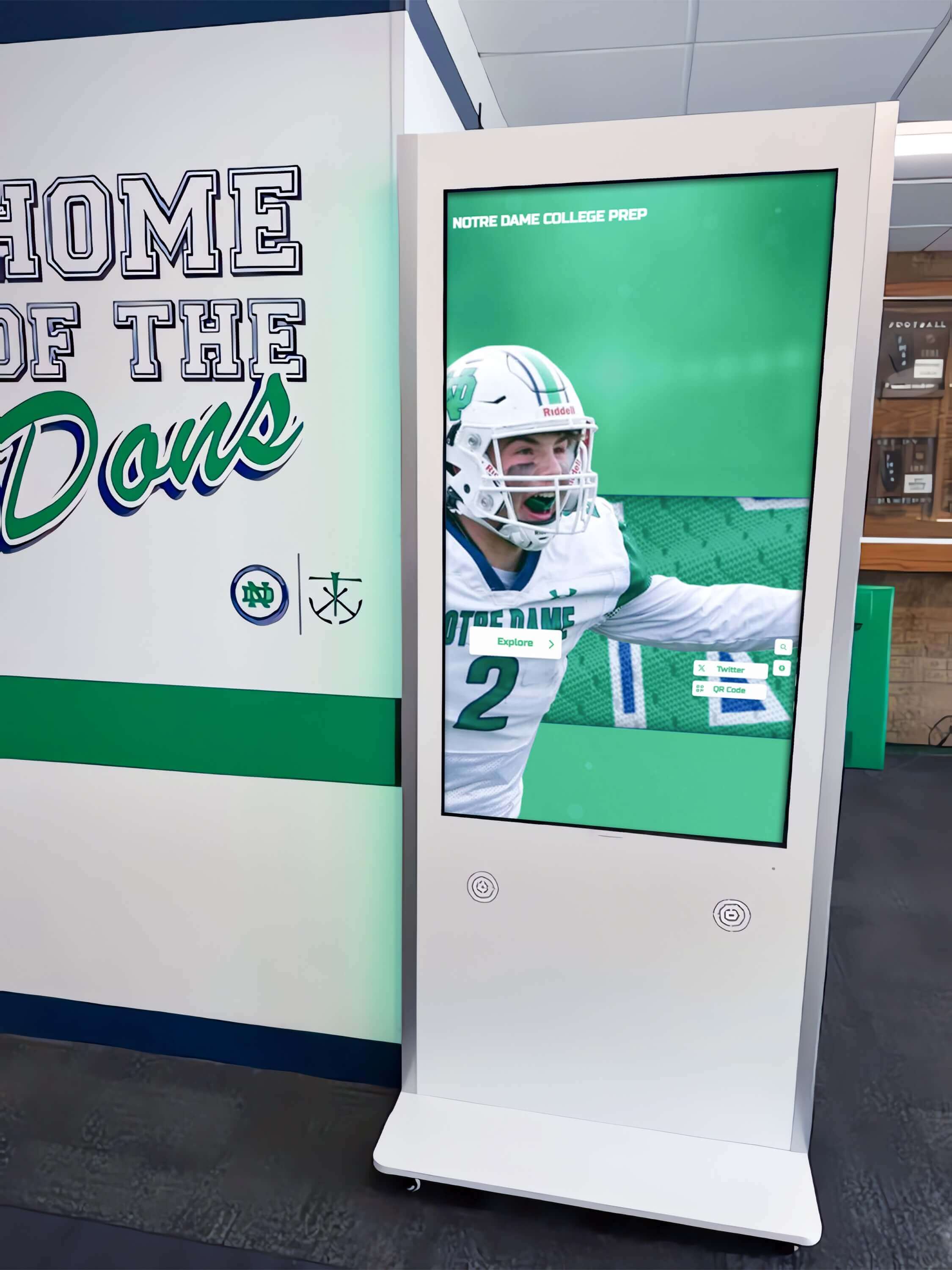
Software Considerations
When selecting platforms for yearbook access and digital recognition:
Essential Features:
- Robust search and filtering capabilities
- Mobile-responsive design
- Secure authentication options
- Easy content management
- Scalability for growing archives
- Integration capabilities with school systems
Nice-to-Have Features:
- Social sharing functionality
- Comment and storytelling features
- Analytics and usage tracking
- Multi-format media support
- Customizable branding
- API access for developers
ROI: Measuring Yearbook Digitization Value
How do you justify the investment in yearbook digitization? Consider both tangible and intangible returns:
Quantifiable Benefits
Space Savings:
- Calculate square footage freed by reducing physical storage
- Estimate facility cost per square foot
- Consider alternative uses for reclaimed space
- Account for reduced climate control costs
Time Savings:
- Reduced staff time handling physical yearbook requests
- Efficiency of digital search vs. manual browsing
- Elimination of time spent locating misplaced books
- Streamlined access for researchers and alumni
Alumni Engagement:
- Increased alumni website visits and engagement
- Growth in alumni association participation
- Enhanced alumni giving participation rates
- Stronger reunion attendance
Risk Reduction:
- Insurance value of backed-up irreplaceable materials
- Reduced replacement costs from lost or damaged books
- Minimized disaster recovery concerns
Intangible Benefits
School Pride and Tradition:
- Strengthened connection to school history
- Enhanced school pride initiatives
- Improved institutional identity
- Multi-generational community building
Educational Value:
- Primary source access for student research
- Local history education opportunities
- Strengthened historical awareness
- Character education through tradition
Reputation and Attraction:
- Professional image to prospective families
- Differentiation from other schools
- Demonstration of innovation and preservation values
- Enhanced alumni relations reputation
Getting Started: Your Yearbook Digitization Action Plan
Ready to begin digitizing your school’s yearbook collection? Follow this practical action plan:
Phase 1: Planning (Weeks 1-4)
Week 1: Assessment
- Inventory complete yearbook collection
- Document condition and special needs
- Identify missing years
- Assess internal capabilities and resources
- Research digitization options (DIY vs. service)
Week 2: Requirements
- Define quality requirements (resolution, format, OCR)
- Determine access approach (online, kiosk, both)
- Establish privacy and legal guidelines
- Set timeline expectations
- Identify budget parameters
Week 3: Options Analysis
- Request quotes from professional services if considering
- Evaluate equipment options if scanning in-house
- Research access platforms and software
- Compare storage solutions
- Analyze total cost of ownership for options
Week 4: Proposal Development
- Create detailed project plan
- Develop budget request with justification
- Draft privacy and acceptable use policies
- Present to decision-makers
- Secure approvals and funding

Phase 2: Implementation (Months 2-8)
Months 2-3: Setup
- Order equipment or contract with service
- Establish storage infrastructure
- Set up file organization structure
- Create backup systems
- Train staff on procedures
Months 4-7: Digitization
- Begin with pilot batch for quality testing
- Review and refine process based on pilot
- Continue systematic digitization
- Implement quality control checkpoints
- Apply OCR if included
- Organize and backup files continuously
Month 8: Access Development
- Implement chosen access solution
- Load digitized yearbooks into system
- Test search and navigation
- Develop user documentation
- Train staff and key users
- Finalize privacy policies
Phase 3: Launch (Month 9)
Pre-Launch:
- Final quality review of system
- Create promotional materials
- Schedule launch event
- Prepare press releases and announcements
- Brief staff on answering questions
Launch Week:
- Send email announcements to all alumni
- Post on all school social media platforms
- Submit press releases to local media
- Host demonstration events
- Gather initial feedback
Post-Launch:
- Monitor usage and address issues
- Collect and respond to feedback
- Create content calendar for ongoing promotion
- Document lessons learned
- Plan for continued expansion
Phase 4: Sustainability (Ongoing)
Quarterly Tasks:
- Review usage analytics
- Address feedback and requests
- Check backup integrity
- Update documentation
- Promote rediscovered content
Annual Tasks:
- Digitize current year yearbook
- Expand collection with missing years
- Review and update technology
- Assess ROI and value
- Budget for next year’s efforts
- Report results to stakeholders
Common Challenges and Solutions
Challenge: Limited Budget
Solutions:
- Start with most valuable years (recent graduates, reunion years)
- Use phased approach over multiple years
- Seek grants from alumni association or foundations
- Partner with local historical societies
- Consider volunteer scanning with proper training
- Focus on most fragile materials first for preservation priority
Challenge: Copyright and Privacy Concerns
Solutions:
- Consult legal counsel for institutional guidance
- Implement authentication for access control
- Create clear privacy and takedown policies
- Remove or redact sensitive personal information
- Consider limiting to on-campus access initially
- Balance access with legitimate privacy interests
Challenge: Poor Quality Original Materials
Solutions:
- Adjust expectations for very old yearbooks
- Use highest possible resolution to capture available detail
- Employ professional restoration software
- Accept imperfect results rather than delaying preservation
- Supplement with additional photos from alumni when possible
- Focus on creating usable access rather than perfect reproduction
Challenge: Limited Technical Expertise
Solutions:
- Use professional services rather than DIY
- Partner with local library system or university
- Hire consultant for project setup and training
- Leverage student technology skills with supervision
- Choose user-friendly platforms and tools
- Document everything for continuity
Challenge: Time Constraints
Solutions:
- Start small with pilot project
- Use professional services to reduce internal time
- Spread project over multiple years
- Involve volunteers appropriately
- Focus on setup and quality control rather than scanning
- Accept imperfect initial implementation that can improve over time
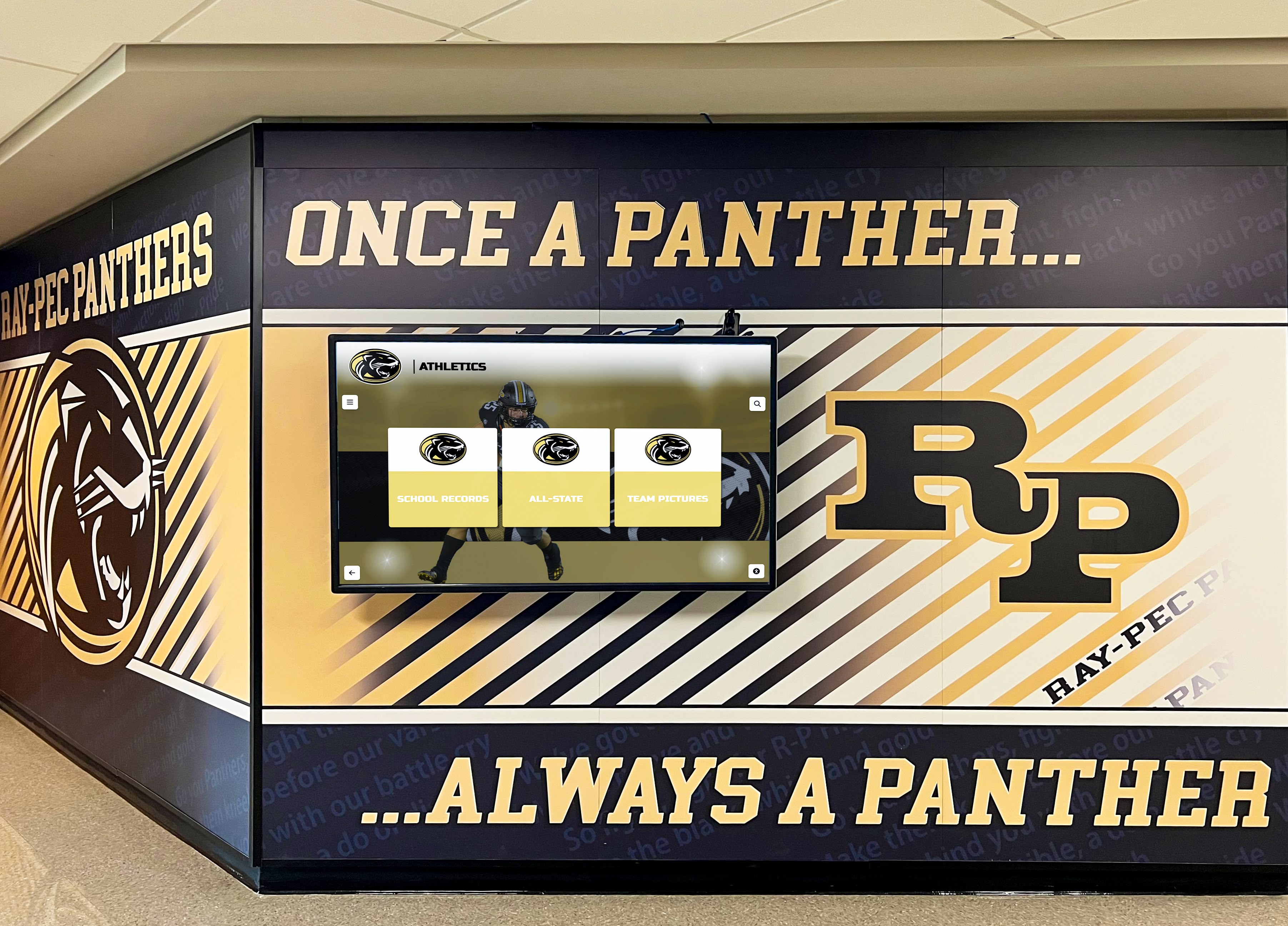
The Future of Digital Yearbooks
Yearbook digitization continues to evolve with emerging technologies creating new possibilities:
Artificial Intelligence and Machine Learning
Current Capabilities:
- Automated facial recognition for tagging and search
- Improved OCR accuracy through machine learning
- Automatic classification and metadata generation
- Smart cropping and image enhancement
- Pattern recognition across collections
Privacy Considerations:
- Balance functionality with privacy rights
- Transparent policies about AI use
- Opt-out capabilities for individuals
- Compliance with biometric data regulations
- Ethical implementation frameworks
Enhanced Interactivity
Emerging Features:
- Voice search and audio descriptions
- Augmented reality experiences connecting physical locations to yearbook photos
- Virtual reality tours of historical campus
- Social annotations and community storytelling
- Dynamic timelines and relationship mapping
Integration with Modern Yearbooks
Digital-First Yearbooks:
- Born-digital yearbooks with multimedia content
- Video and audio embedded in digital editions
- Interactive content and links
- Continuous updates rather than annual publications
- Seamless integration of digital and print editions
Unified Platforms: Solutions like Rocket Alumni Solutions are creating comprehensive platforms that unite historical yearbook archives with modern recognition programs, creating powerful tools for community building and engagement. Learn more about best software solutions for education records digitization.
Conclusion: Preserving the Past, Building the Future
Digitizing yearbooks represents an investment in preserving irreplaceable school history while creating new value for current and future communities. The process requires thoughtful planning, appropriate resource allocation, and sustained commitment, but the returns justify the effort many times over.
Digital yearbook archives strengthen alumni engagement, support educational initiatives, build school pride, and protect precious memories from loss or deterioration. When integrated with broader digital recognition initiatives, yearbook archives become powerful tools for storytelling, community building, and institutional advancement.
Whether you begin with a small pilot project or undertake comprehensive digitization of decades of yearbooks, you’re creating lasting value that will serve your school community for generations to come. The memories captured in yearbooks deserve protection and accessibility—digitization makes both possible.

Ready to Digitize Your Yearbook Collection?
Modern recognition solutions make yearbook digitization and access easier than ever. Rocket Alumni Solutions offers comprehensive platforms that integrate yearbook archives with digital halls of fame, recognition displays, and alumni engagement tools.
Visit Rocket Alumni Solutions to explore how schools nationwide are preserving their heritage while building community through digital archives. From initial planning through implementation and ongoing management, the right technology partner makes yearbook digitization achievable and sustainable.
Contact us today to discuss your yearbook digitization project and discover how integrated digital recognition solutions can transform your school’s approach to preserving and celebrating history.
